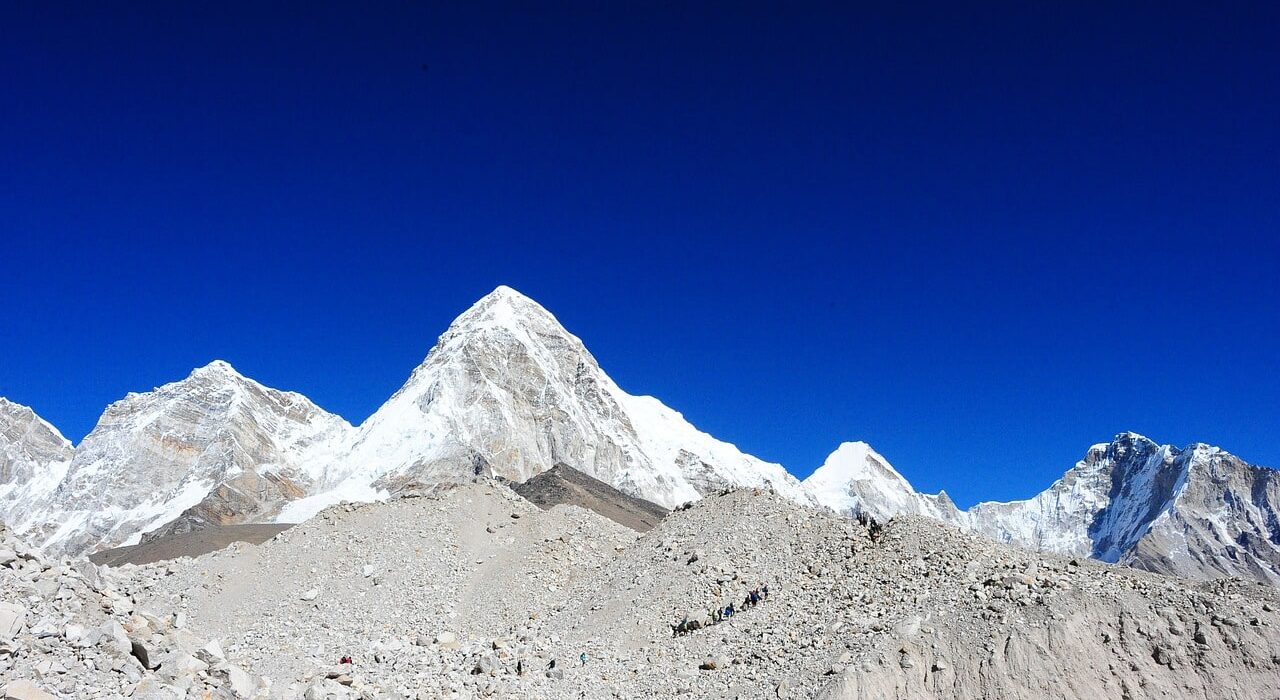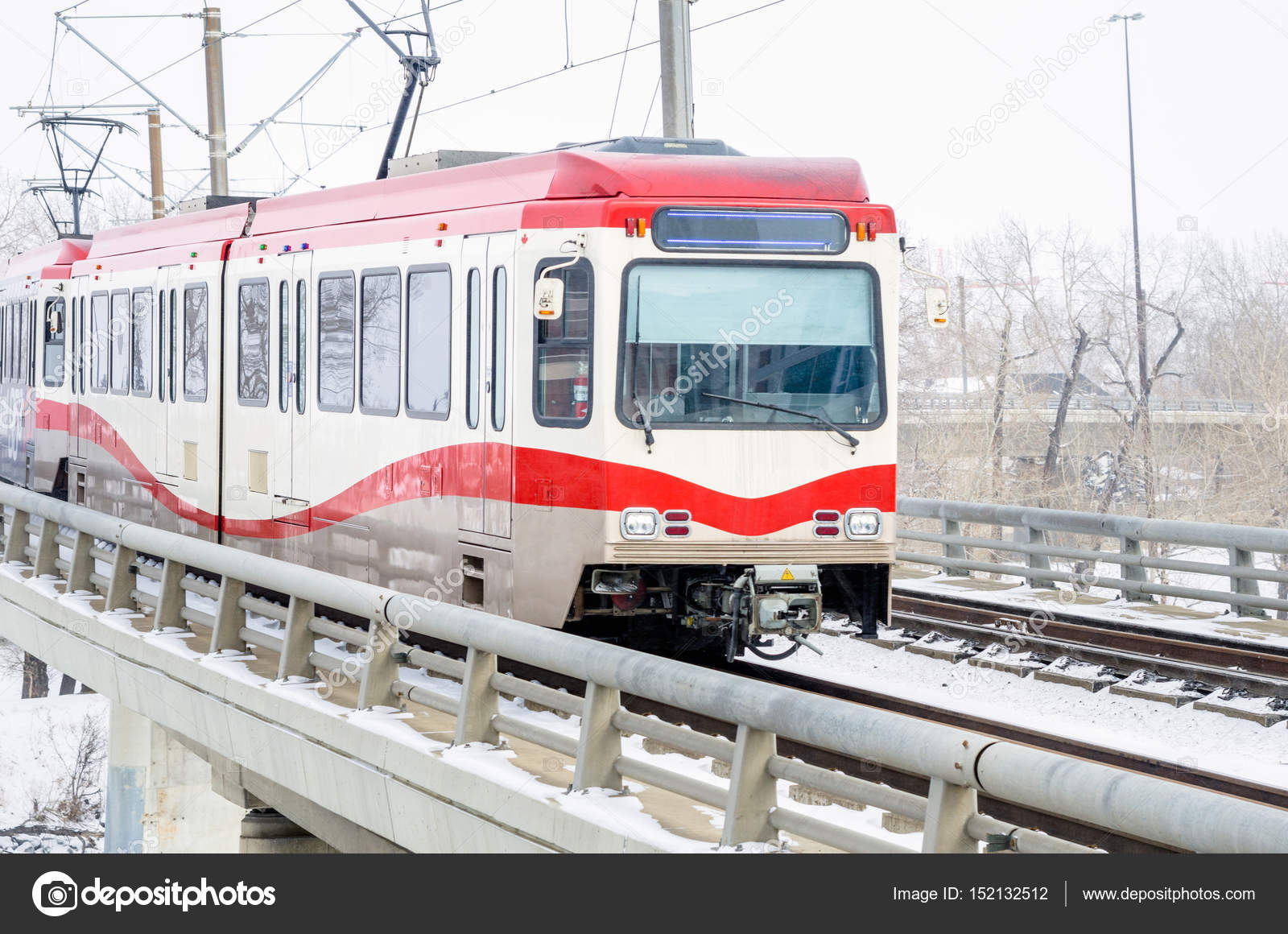Best time to climb the Lobuche Peak is a crucial consideration for anyone planning to conquer this iconic Himalayan summit. Rising to an altitude of 6,119 meters (20,075 feet) in Nepal’s Everest region, Lobuche Peak is one of the most popular trekking peaks among adventure seekers and mountaineers. Its challenging routes, combined with awe-inspiring views of Everest, Lhotse, and Ama Dablam, make it a dream climb for many.
However, choosing the right season to attempt this ascent can significantly impact your experience determining whether your journey is a safe, successful adventure or a risky challenge plagued by unpredictable weather.
Best Seasons to Climb Lobuche Peak
Spring (March to May)
Spring is one of the most popular climbing seasons for Lobuche Peak. As the snow begins to melt and the weather warms up, the trail becomes more accessible. The skies are generally clear, providing spectacular views of Everest, Lhotse, Ama Dablam, and other giants towering above the valley.
Temperatures in the lower camps range between 5°C to 15°C during the day, with colder nights. Higher up near the summit, expect temperatures to drop well below freezing. This season also brings blooming rhododendrons and alpine flowers along the lower trekking routes, adding natural beauty to your journey.
Advantages of Spring Climb:
- Stable weather with clear skies.
- Moderate temperatures and less wind.
- Vibrant landscapes with blooming flora.
- Longer daylight hours.
Autumn (Late September to November)
Autumn is arguably the best and most preferred season for climbing Lobuche Peak. After the monsoon rains end in September, the air clears out the dust and pollution, leading to pristine visibility and breathtaking views. The weather is generally dry and stable, with crisp, cool air and minimal precipitation.
During autumn, daytime temperatures hover around 10°C to 20°C in the lower altitudes, and nights are chilly but bearable. Higher camps near Lobuche summit experience sub-zero temperatures, demanding proper cold-weather gear.
Advantages of Autumn Climb
- Clear, stable weather and excellent visibility.
- Dry conditions reduce avalanche risk.
- Cooler temperatures are suitable for climbing.
- Less crowded than spring, especially in late autumn.
This season is ideal for climbers who want a balance between weather reliability and a quieter climbing experience. The lack of rain and snow makes the trails safer and the climbing conditions more predictable.
Summer and Winter
Summer/Monsoon (June to August)
Monsoon season is generally not recommended for climbing Lobuche Peak. Heavy rains cause slippery trails, increased landslide risk, and poor visibility. The region can experience flooding and swollen rivers, making travel difficult. Climbing conditions are challenging due to wet and unstable terrain.
Winter (December to February)
Winter climbs are possible but require expert-level skills and specialized gear. Temperatures can plunge drastically below -20°C at higher altitudes, with strong winds and heavy snowfall. Many teahouses and lodges close during this period, limiting support services. Winter ascents are reserved for experienced climbers seeking solitude and an extreme challenge.
Why Timing Matters for Climbing Lobuche Peak?
Mountaineering in the Himalayas is highly influenced by seasonal weather patterns, altitude conditions, and accessibility. Unlike trekking at lower altitudes, climbing peaks such as Lobuche require favorable weather conditions with minimal snowstorms, low wind speeds, and stable temperatures to ensure safety and improve the chances of summit success.
Choosing the right season to climb also affects the availability of trekking facilities, including teahouses, guides, porters, and rescue operations. In Nepal’s high mountain regions, seasons can dramatically shift daily weather, so picking the right window can enhance your entire climbing experience.
Key Factors to Consider for Timing Your Climb
Weather Stability
Weather is the biggest factor affecting climbing success and safety. Both spring and autumn provide more stable weather windows with less chance of storms.
Crowd and Permit Availability
The spring season sees a higher influx of climbers due to favorable conditions and holiday periods. This can sometimes affect permit availability and accommodations, so early booking is essential. Autumn tends to be less crowded after the main trekking rush in October.
Personal Fitness and Preparation
Depending on your acclimatization plan and fitness level, you might prefer climbing in a season where you can spend more days at moderate altitude before the summit push, which is easier in spring or autumn due to better weather.
When Should You Climb Lobuche Peak?
For most climbers, autumn (late September to November) is the optimal time to climb Lobuche Peak, offering the best mix of weather stability, clear views, and manageable temperatures. Spring (March to May) is a close second, favored for its natural beauty and vibrant landscapes. Both seasons provide the safest and most enjoyable climbing conditions for adventurers of various experience levels.
While summer and winter climbs are possible, they come with significantly higher risks and challenges that require advanced technical skills and preparation.
Final Tips
- Always monitor weather forecasts closely and be prepared to adjust your schedule.
- Consult with experienced guides and agencies to plan your climb during the best weather windows.
- Carry appropriate clothing and gear for cold, windy conditions regardless of season.
- Prioritize acclimatization to avoid altitude sickness on your ascent.





